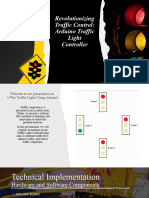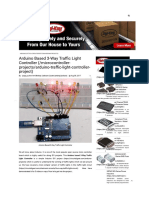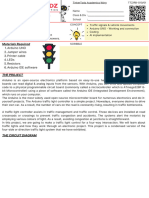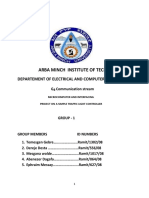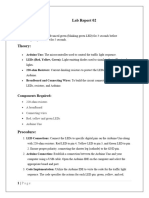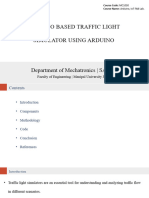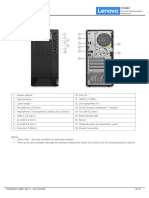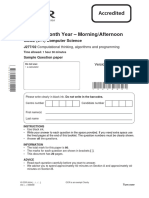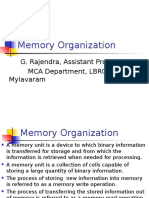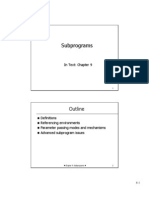Traffic Light System
with Arduino UNO
This presentation explores creating a functional traffic light system
using the Arduino UNO. We'll cover hardware components, circuit
wiring, and the core code logic. Discover how to build this educational
tool, model railway setup, or smart city prototype.
by Pooja
Understanding Traffic Light Logic
Standard Sequence Timing Durations Pedestrian Considerations
Traffic lights follow a Green, Yellow, Typical timing: Green (30s), Yellow Integrate pedestrian signals and
Red sequence. (5s), Red (35s). timing.
Understanding this logic is crucial for effective implementation.
Hardware Components
Overview
Arduino UNO R3
Microcontroller board.
LEDs
Red, Yellow, Green (3 each).
Resistors
220 Ohm (9 total).
Essential components include Arduino UNO, LEDs, resistors,
breadboard, and jumper wires. An optional buzzer can be added for
pedestrian signals.
Step-by-Step Wiring
Instructions
Connect LEDs
Connect LEDs to Arduino pins.
Use Resistors
Connect to ground through 220-ohm resistors.
Ground
Connect Arduino ground to breadboard ground rail.
Connect LEDs to specified digital pins, using the breadboard for
organized connections. Ensure resistors are in place to prevent
damage.
Arduino Code: The
Core Logic
Define Pins Setup Function
Define pin numbers for each Set LED pins as OUTPUT.
LED.
Loop Function
Implement traffic light sequence.
Use `digitalWrite()` to control LEDs and `delay()` for timing.
Implement Green, Yellow, and Red light sequences.
Enhancements and
Advanced Features
Pedestrian Button
Implement pedestrian crossing button.
Add Sensors
Use sensors for traffic-based timing.
Remote Control
Control lights via Bluetooth or Wi-Fi.
Enhance functionality with pedestrian buttons, sensors for traffic
density, and remote control via Bluetooth or Wi-Fi modules.
Troubleshooting Common Issues
LEDs Not Lighting Incorrect Timing Arduino Not Responding
Check wiring, resistor values, Verify `delay()` values and Check power supply and USB
code. sequence. connection.
Address common issues like LEDs not lighting up, incorrect timing, and unresponsive Arduino by verifying connections
and code.
Conclusion and Next Steps
You've learned to build a traffic light system using Arduino UNO.
Experiment with customization. Explore Arduino website, online
tutorials, and community forums.
• Build more complex systems.
• Incorporate multiple intersections.
• Design smart pedestrian systems.


